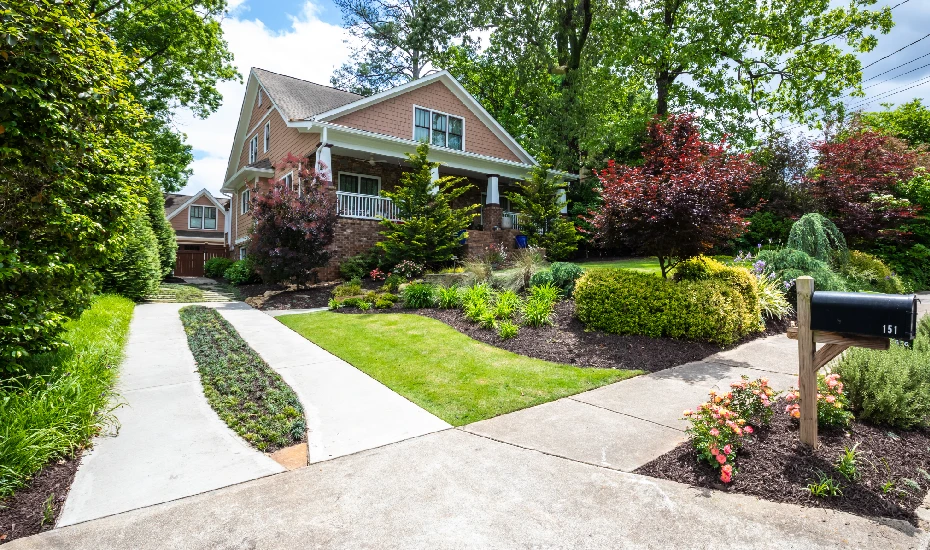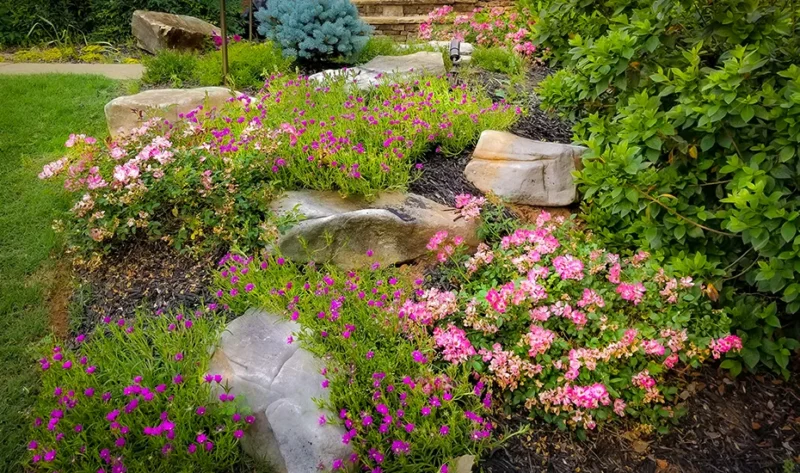Your driveway is one of the first things people see when they visit your home. Over time, it can start to show signs of wear—cracks, stains, or fading from the weather. To keep it looking its best, regular maintenance is key. A clean and well-maintained driveway not only boosts curb appeal but also prevents costly repairs down the road.
In this blog, we’ll cover practical tips for cleaning, sealing, and repairing your driveway to keep it in great shape all year round. These expert tips will help you extend the life of your driveway and maintain its fresh, new look.

Essential Tips to Keep Your Driveway Looking Its Best
A well-maintained driveway not only enhances the look of your home but also helps prevent costly repairs down the line. By taking a few simple steps, you can keep your driveway looking fresh and in great condition year-round. Here are essential tips to make sure your driveway stays in top shape.
1. Regular Cleaning
Regular cleaning is one of the easiest ways to keep your driveway looking new. Dirt, leaves, oil stains, and other debris can build up over time, making the surface look dull and worn out. A good cleaning every few months helps prevent these materials from damaging your driveway. You can use a simple garden hose to rinse it off or, for tougher stains, a power washer. For oil or grease spots, apply a cleaning solution specifically made for driveways, then scrub with a stiff brush. Regular cleaning not only improves appearance but also extends the life of your driveway by preventing deeper damage.

2. Sealing the Surface
Sealing your driveway is an important step in protecting it from damage caused by weather, water, and UV rays. Over time, the surface of your driveway can crack and fade, but applying a sealant creates a protective layer that helps prevent these issues. Ideally, you should seal your driveway every 2 to 3 years to keep it in good condition. Make sure the surface is clean and dry before applying the sealant, and choose a day with mild weather for the best results. Sealing not only helps maintain a smooth, fresh look but also extends the life of your driveway by guarding against cracks and erosion.
3. Repairing Cracks and Holes
Repairing cracks and holes in your driveway is essential for maintaining its appearance and preventing further damage. Small cracks can quickly grow larger if ignored, leading to more expensive repairs down the road. To fix minor cracks, start by cleaning the area and removing any debris. Then, use a crack filler specifically designed for driveways, following the product instructions for the best results. For larger holes, you may need to use a patching compound. After filling the cracks and holes, smooth the surface to ensure it blends in with the rest of the driveway. Addressing these issues promptly helps keep your driveway safe and looking its best.
4. Addressing Drainage Problems
Proper drainage is crucial for the health of your driveway. If water collects on the surface or flows toward your home, it can lead to cracks and erosion. To address drainage problems, first, inspect your driveway for any low spots where water tends to pool. Consider grading the driveway to create a slope that directs water away from your home. Installing a drainage system, such as French drains or channel drains, can also help manage excess water. Additionally, ensure that gutters and downspouts direct rainwater away from the driveway. By improving drainage, you can protect your driveway from water damage and extend its lifespan.

5. Preventing Damage from Heavy Vehicles
Heavy vehicles can cause significant damage to your driveway, leading to cracks and depressions over time. To prevent this, avoid parking large trucks or heavy equipment on the driveway whenever possible. If heavy vehicles must be parked, consider using parking pads or reinforcing specific areas of the driveway with thicker concrete or asphalt. Additionally, be mindful of the weight limits of your driveway materials; some surfaces are more susceptible to damage than others. Regularly inspect the areas where heavy vehicles are parked for any signs of wear. Taking these precautions can help maintain your driveway’s integrity and appearance for years to come.
6. Seasonal Maintenance
Seasonal maintenance is vital for keeping your driveway in great condition throughout the year. In winter, be cautious with de-icing materials; avoid using salt, which can damage the surface. Instead, consider sand or environmentally friendly alternatives. After snow and ice melt, clean any residue to prevent stains. During spring, inspect for cracks or damage that may have occurred during the winter months, and make necessary repairs. In summer, regular cleaning and sealing can help protect against sun damage and heat. Finally, in the fall, clear leaves and debris to prevent mold and mildew growth. By addressing seasonal changes, you can ensure your driveway stays safe and looking its best.

Conclusion
In conclusion, maintaining your driveway is essential for both its appearance and longevity. By following these expert tips—regular cleaning, sealing, repairing cracks, addressing drainage, preventing damage from heavy vehicles, and performing seasonal maintenance—you can keep your driveway looking new for years to come.
Not only will these practices enhance your home’s curb appeal, but they will also save you from costly repairs in the future. A little effort goes a long way in preserving the beauty and functionality of your driveway, ensuring it remains a welcoming entrance to your home.


























